Japan has always been looked at as a place with the highest concentration of ancient secrets of longevity. Lately, ikigai, the Japanese way to well-being, has swept the West and unveiled fundamental aspects of a balanced and healthy life.
Last updated: January 26, 2024
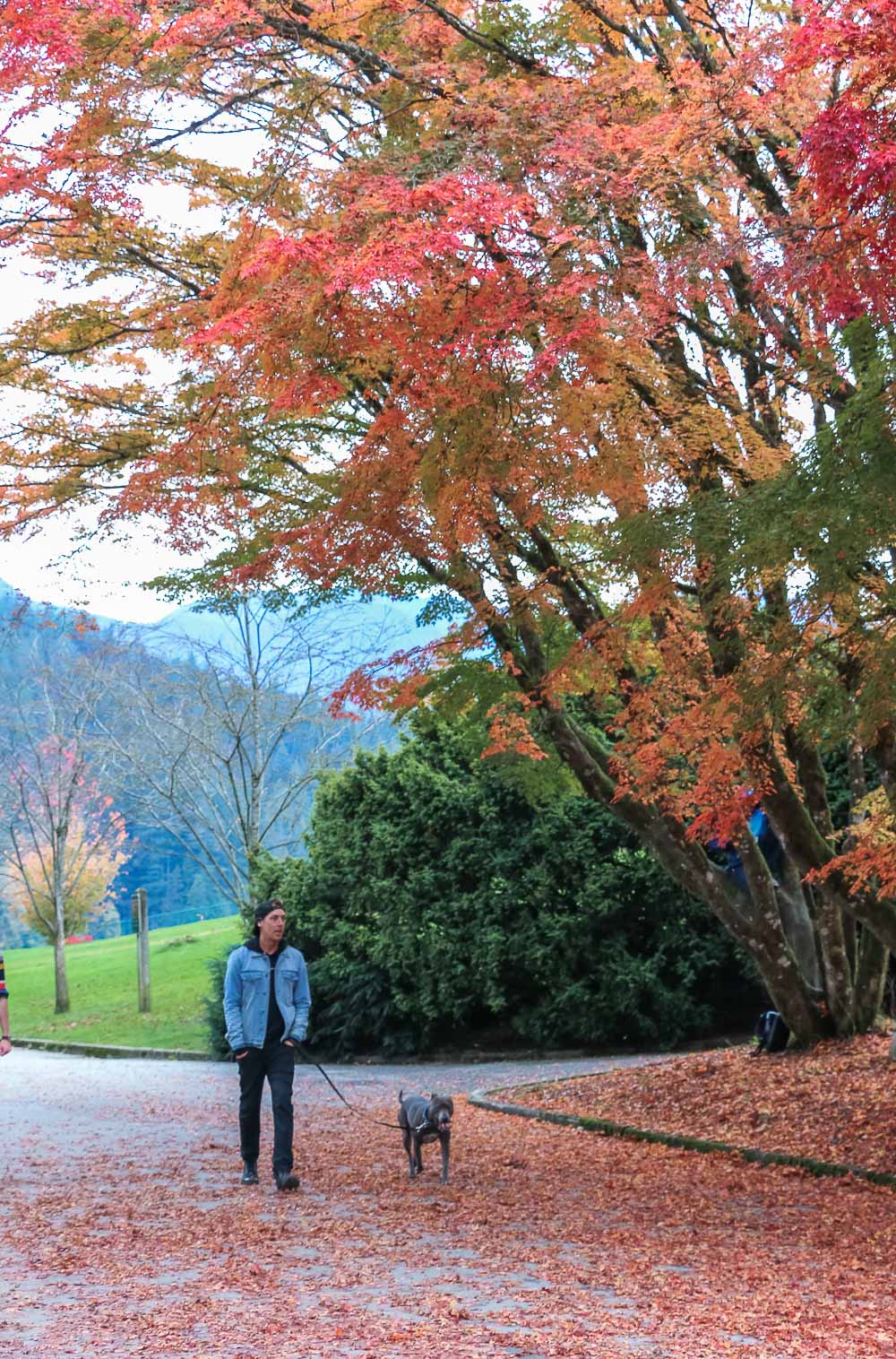
Ikigai – the Japanese Secret to Well-Being
Ikigai is a Japanese concept that translates to “reason for being” or “the happiness of always being busy”. It is believed to go back to the Heian period (794 t0 1184). Iki is a common word for life. Gai comes from the work kai, which means “shell” in Japanese. The shells had high value in Japan. Therefore, the word akigai literally means “value in living”.
As Akihiro Hasegawa explains in his 2001 research paper on ikigai, there are different words with kai such as yarigai and hatarakigai. Both of them can be translated as “the value of doing” and “the value of working”. And this is exactly how the majority of the Japanese see akigai – an art of happiness of doing small things.
Ikigai is a reason for living. Ikigai is what people look forward to when their present situation doesn’t look as brightly as they wish.
Purpose-Driven Life
Ikigai celebrates the concept of collecting small joys in everyday life that will result in overall well-being and a fulfilled life. The daily triumphs come in different forms for different people. For some, akigai is work in their gardens. Others find akigai in writing, dancing, sewing, or painting. There is no right or wrong answer when it comes to activities that lead to ikigai as long as you find pleasure in doing them and look forward to engaging in them again and again.
Knowing your ikigai is not enough, though. You need to exercise it, put your purpose in action. This will result in well-being and a long and healthy life that the Japanese are known for. Doing your best, being useful for others, making a difference in people’s lives is a true essence of ikigai.
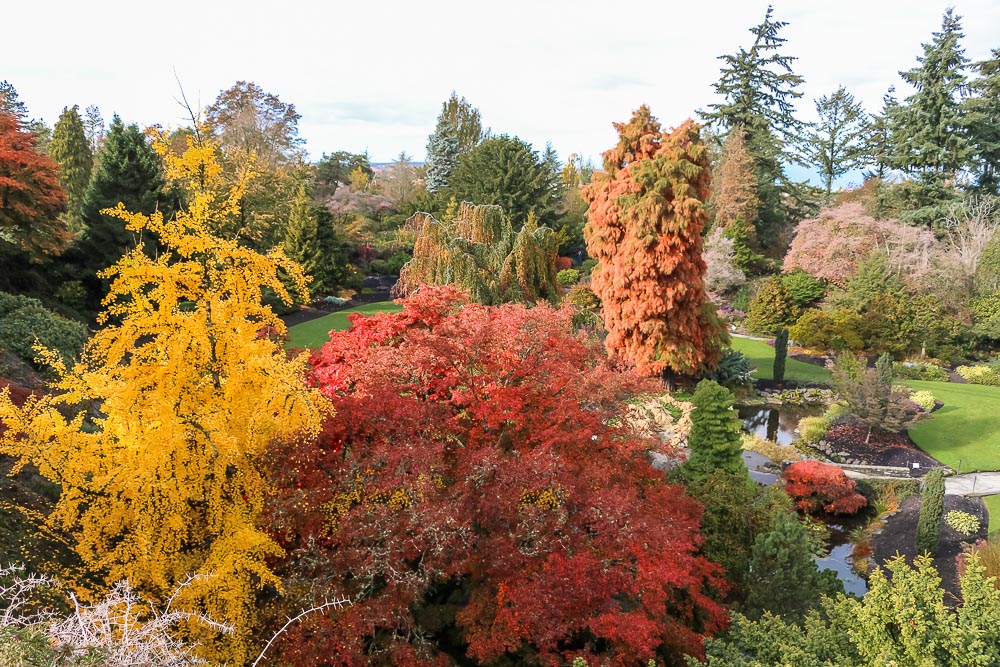
The purpose doesn’t disappear when a person retires. Retirements as it is known in the Western world doesn’t exist in Japan. The Japanese find new ikigai, new purpose at every phase of their lives.
Transmitting the ancient Japanese secrets to longevity to the younger generations is one of the main motivations of residents of Okinawa. Okinawa Island attracts global attention as one of world’s “blue zones” or long-lived communities. According to Ikigai: The Japanese Secret to a Long and Happy Life, there are approximately 25 people over the age of 100 for every 100,000 residents on the island.
Although a special diet and light exercises play a big part in the islanders’ well-being, the Okinawa’s centenarians attribute ikigai, an unselfish purpose in life, to their longevity and vitality.
Social Connection – an Essential Part of Ikigai and Well-Being
The Okinawans celebrate their elder residents. They cherish their wisdom and appreciate their akigai, a purpose of passing on centuries-old Japanese secrets of longevity. The younger generation (anybody under the age of 100) joins local communities to learn from their elders.
The drive to be part of a community is not exclusive to Okinawa. The majority of the Japanese acknowledge the value of social connections. Cities, villages, and business in Japan strive on teamwork. Helping each other is a key element of their ikigai and culture. Feeling like part of a community is a sure way to happiness. Being connected to each other is one of the most important Japanese secrets of ikigai and well-being.
Read more: Forest Bathing (Shinrin-Yoku): The Japanese Secret to Meaningful Travel and Healthy Living
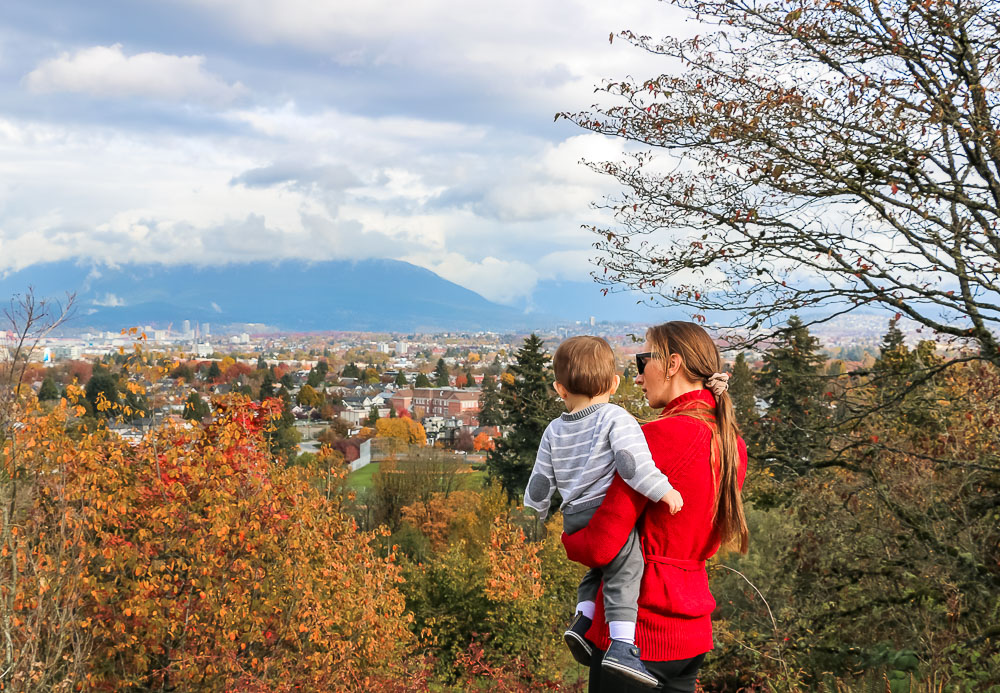
The Ikigai Diet
The Japanese centenarians eat a wide variety of foods. Some studies showed that the residents of Okinawa consume over 200 different foods on a regular basis. The ikigai diet centers around locally-grown vegetables and grains, especially rice.
The popular term “eating the rainbow” is at core of the diet focused on longevity and well-being. The ikigai diet includes all naturally-grown produce. Tere are carrots, spinach, cauliflower, eggplant, greens, legumes, sweet potatoes, and soy products to offer a wide range of color and variety.
Western societies believe that the Japanese, following the ikigai lifestyle, eat a lot of superfoods. Wakame, hijiki, wasabi, matcha, and hojicha arguably contain more antioxidants and other nutrients that protect body’s cells agains free radicals. To the Japanese, however, these foods are not superfoods, but common ingredients that often come from their own gardens.
The ikigai diet also allows very little sugar, greatly reduces salt intake, and favors green tea. But the biggest secret of this way of eating lies in hara hachi bu, which means “fill your stomach to 80 percent”.
Japanese centenarians guard themselves agains overeating or eating until they are full. When they feel that they are almost full, it is the time to push aside the plate. Eating until full diminishes the effect of the ikigai diet. Overeating wrecks the body due to long digestive processes that speed cellular oxidation.
Read more: The 6 Best Books on Japanese Art of Happiness and Living
Exercise Like Japanese Centenarians
Ikigai recognizes the importance of daily exercises for overall health and well-being. This Japanese teaching, however, dismisses the confusion about vigorous work-out sessions, focusing rather on gentle movements. Working in the garden, going for a walk, dancing at social gatherings, these are all examples of the ikigai natural movements.
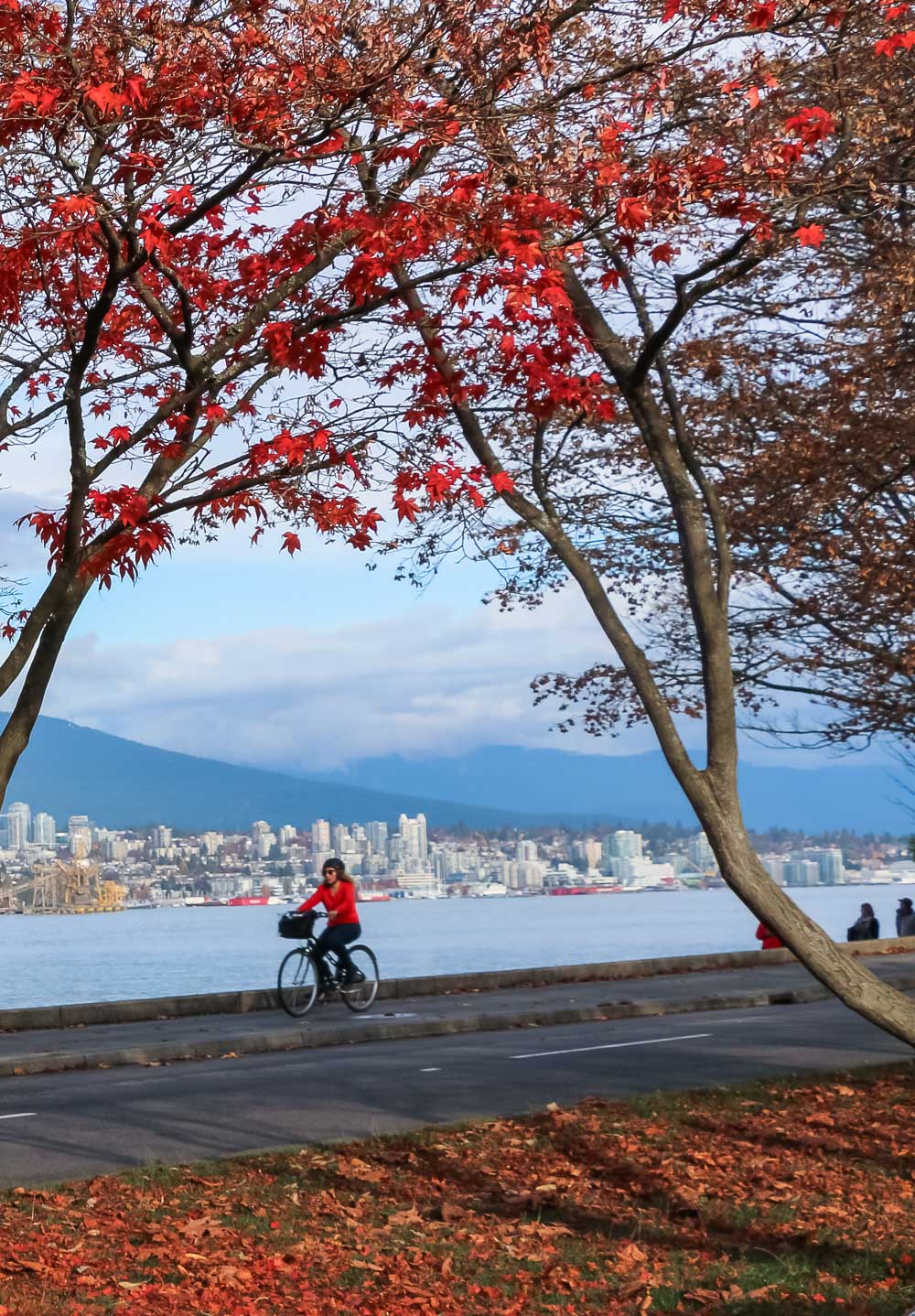
Centuries-old Eastern disciplines such as yoga and tai chi that bring body, mind, and soul into balance also play an important part in the ikigai lifestyle.
Ikigai, Wabi-sabi, and Resilience
Eating healthy, moving your body regularly, and staying content is easy to achieve when life doesn’t bring surprises. But this world is not always a colorful and happy place to be. That’s why mastering wabi-sabi is another important aspect of the ikigai lifestyle, well-being, and longevity.
Wabi-sabi is a Japanese concept that focuses on beauty of the imperfect nature of the world. Instead of looking for the beauty in perfect places, you find it in things that lack any excellence. Such flawed, incomplete objects reflect the true state of the natural world.
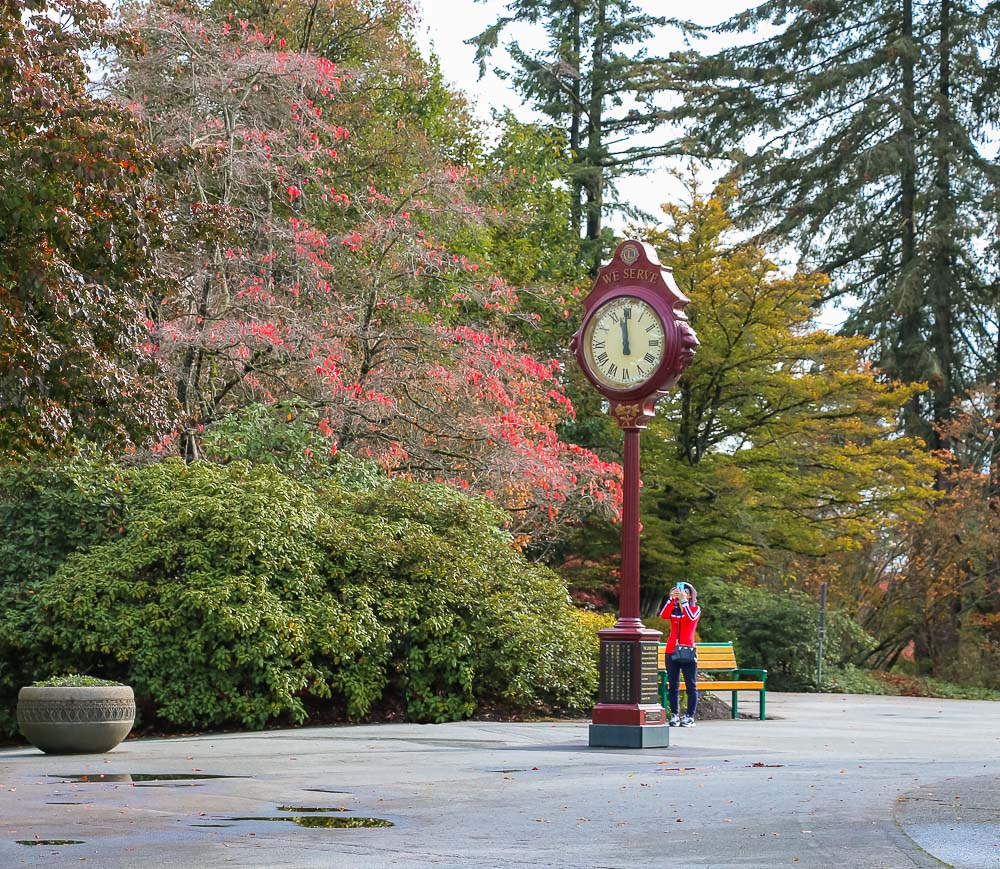
The imperfect world has hardly any effect on people with clearly defined ikigai. Once they find a purpose, a reason for moving forward, nothing can stop them. At the same time, ikigai doesn’t imply to persevere no mater what. It rather helps change perspectives and become more resilient.
Ikigai teaches you to focus on things that are important, but not urgent to avoid constant distractions and negative feelings associated with them. Concentrate on things that you can control and don’t worry about the things that you can’t. This is a sure way to deal with life’s ups and downs. It is how you use ikigai to live a purpose-driven life, stay healthy and content.
Hello, I just came across your content. It was deep and insightful. I thoroughly enjoyed every bit if it!!!
Author
Thank you very much!!